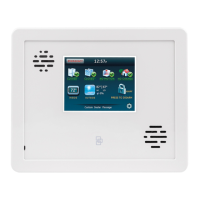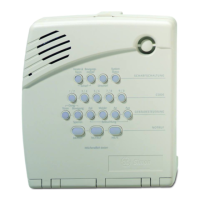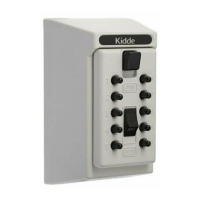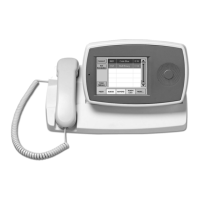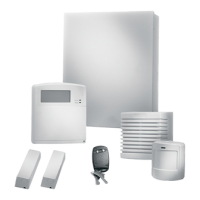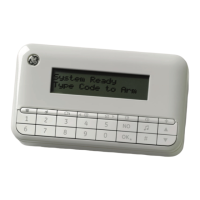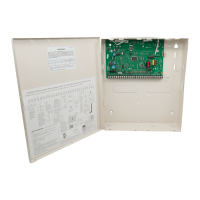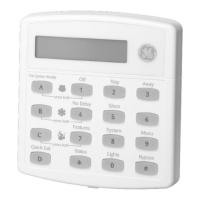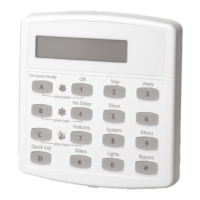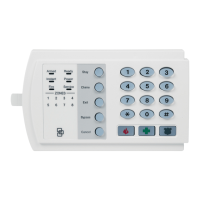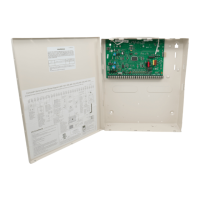Chapter 4
Programming
29
System programming
To enter the System Programming menu:
1. Enter the system menu.
2. Scroll up/down to System Programming, then press Enter.
3. The panel displays Enter Code.
4. Enter your master code, then press Enter.
At this point, you are in the System Programming submenu. At this level, the following items are accessible:
• Access Codes
• Security
• Phone #s
•Timers
• Siren Options
• Light Control
• System Tests
The sections below describe the options that you can program in the System Programming menu.
Access codes
There are three types of access codes: master, user, and duress.
• The master code is your most powerful code and can be used for all user operations including
programming
• There are eight user codes, which can be used for many user operations, but not subdisarming,
programming, or bypassing sensors.
• The duress code, when used in place of another user code, generates a silent duress alarm which is
reported to the central monitoring station.
Master code
To change the master code:
1. Enter the System Programming menu.
2. Scroll up/down to Access Codes, then press Enter.
3. Scroll up/down to Master Code, then press Enter.
4. The current value of the code now flashes.
5. Enter a new code (use correct length), then press Enter.
6. Press STATUS repeatedly to exit.
The initial value of the master code is 123, 1234, 12345, or 123456, depending on the installer-programmed
access code length.
